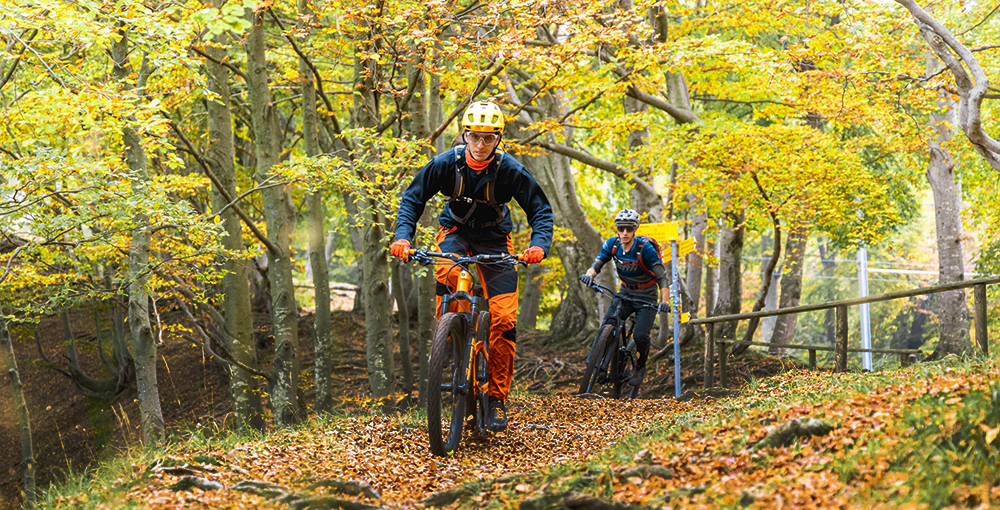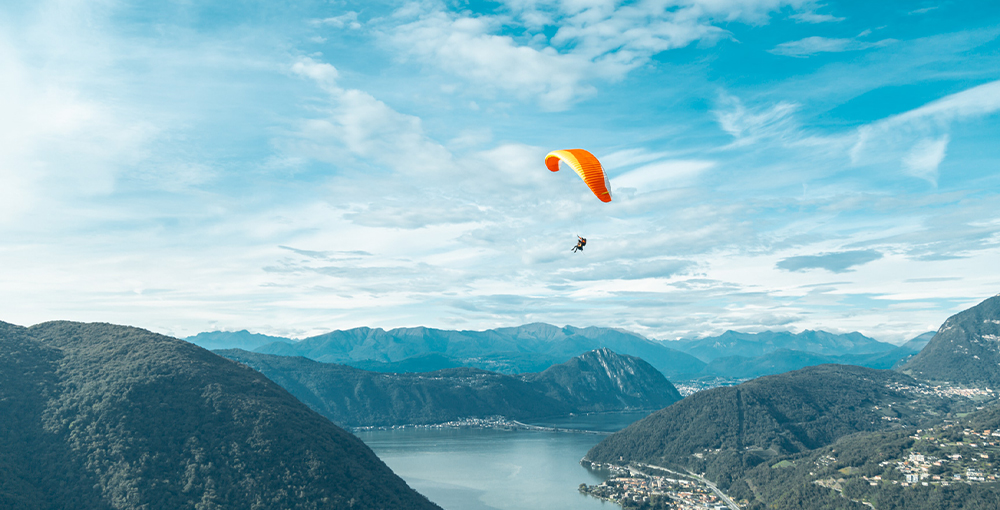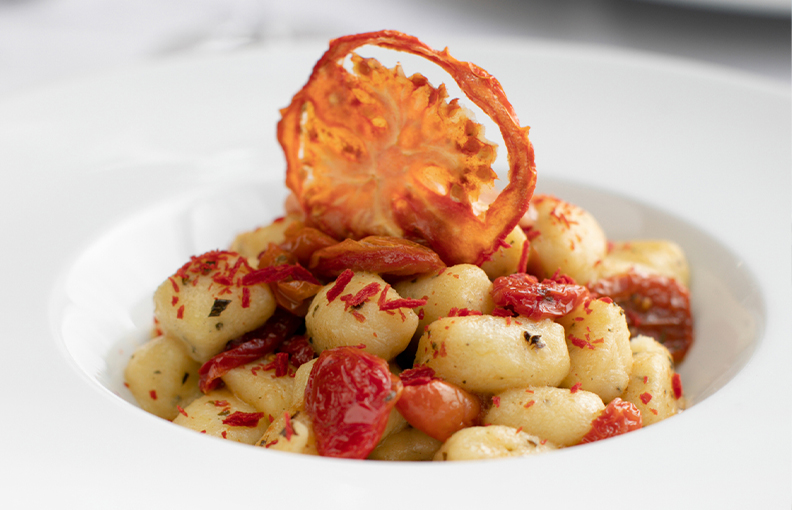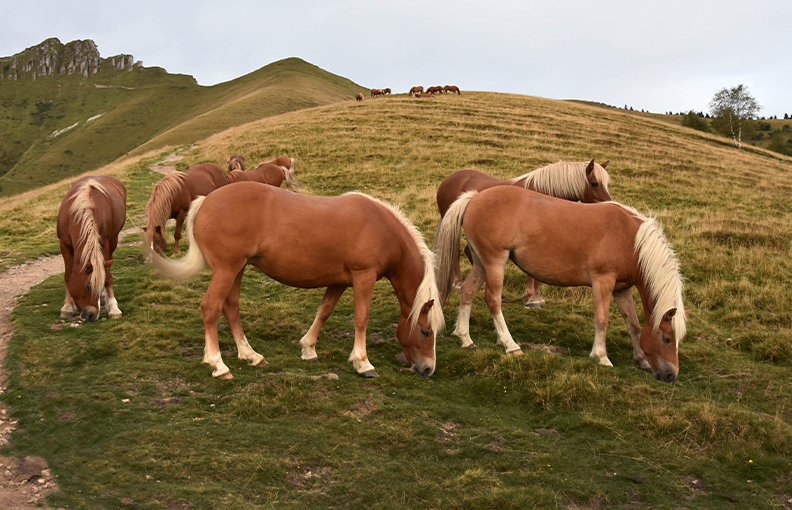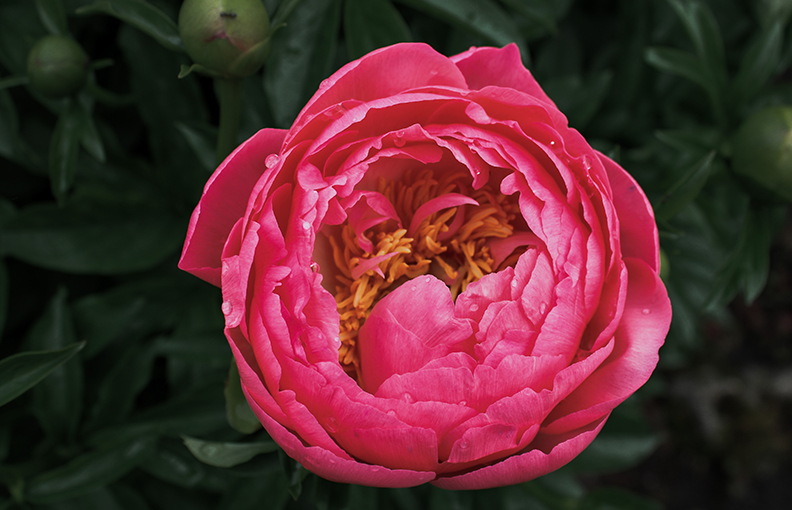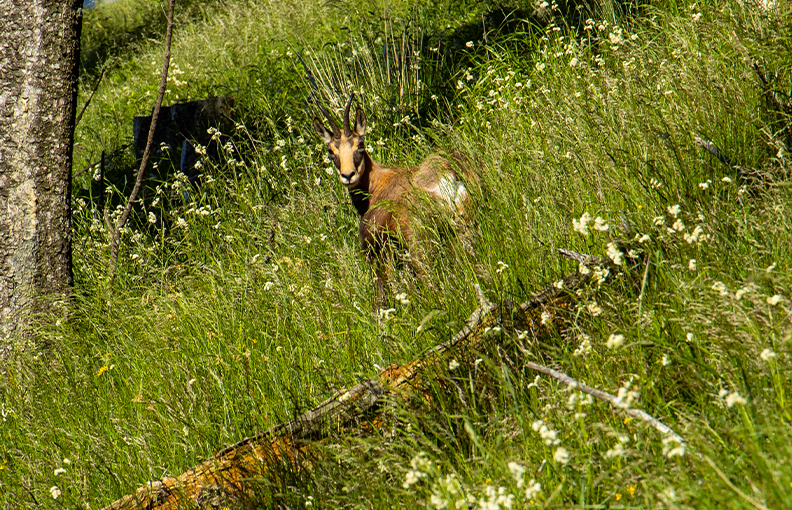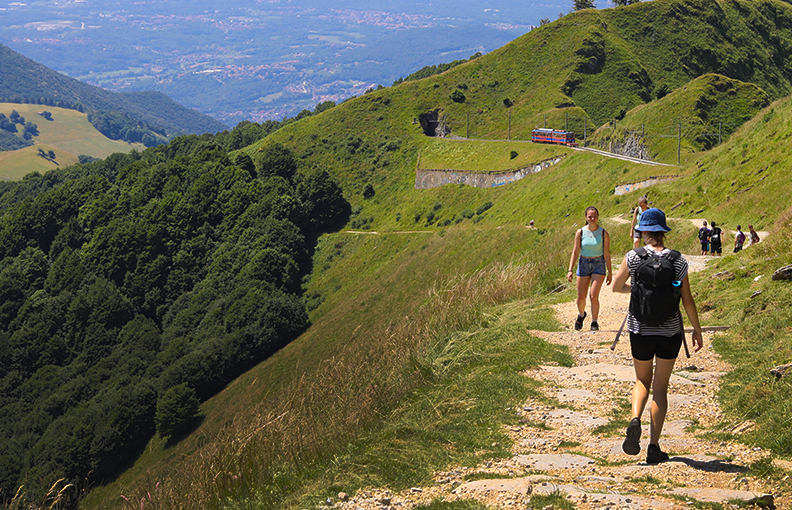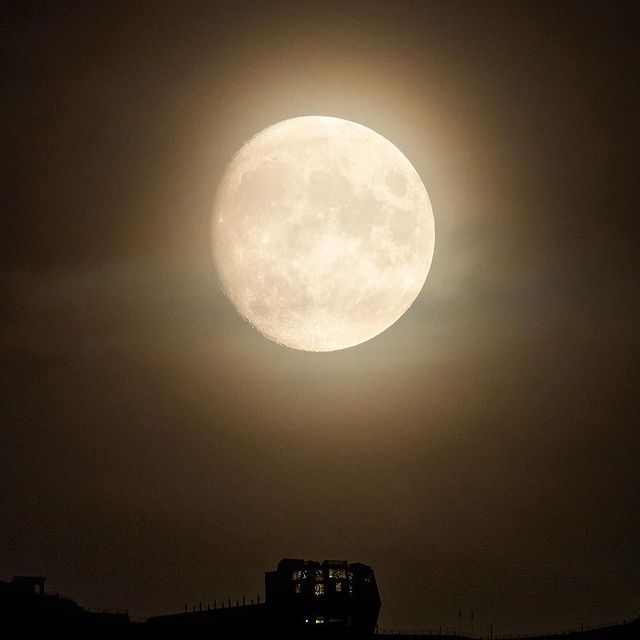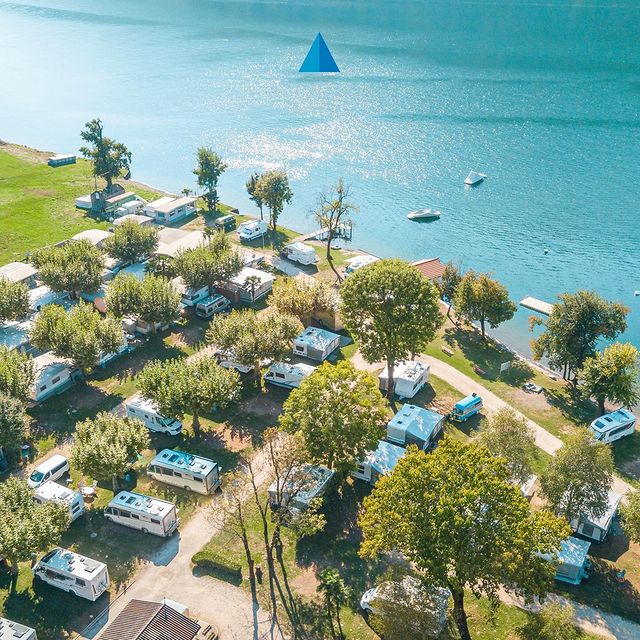Let yourself be amazed by the surrounding nature!
Whether by foot or on a bicycle, at Monte Generoso you will find what you are looking for. Here, between majestic peaks and green valleys!
Explore the unspoilt beauty of our hiking trails, which are suitable for all hikers and fitness levels: from leisurely routes through forests and meadows to more difficult challenges. Put on your backpack, gather a few friends, your family or your partner and set off: there's a trail for everyone! If, on the other hand, you are a lover of two-wheelers, get ready to pedal through breathtaking landscapes: you will ride through nature and panoramas, just like a postcard.
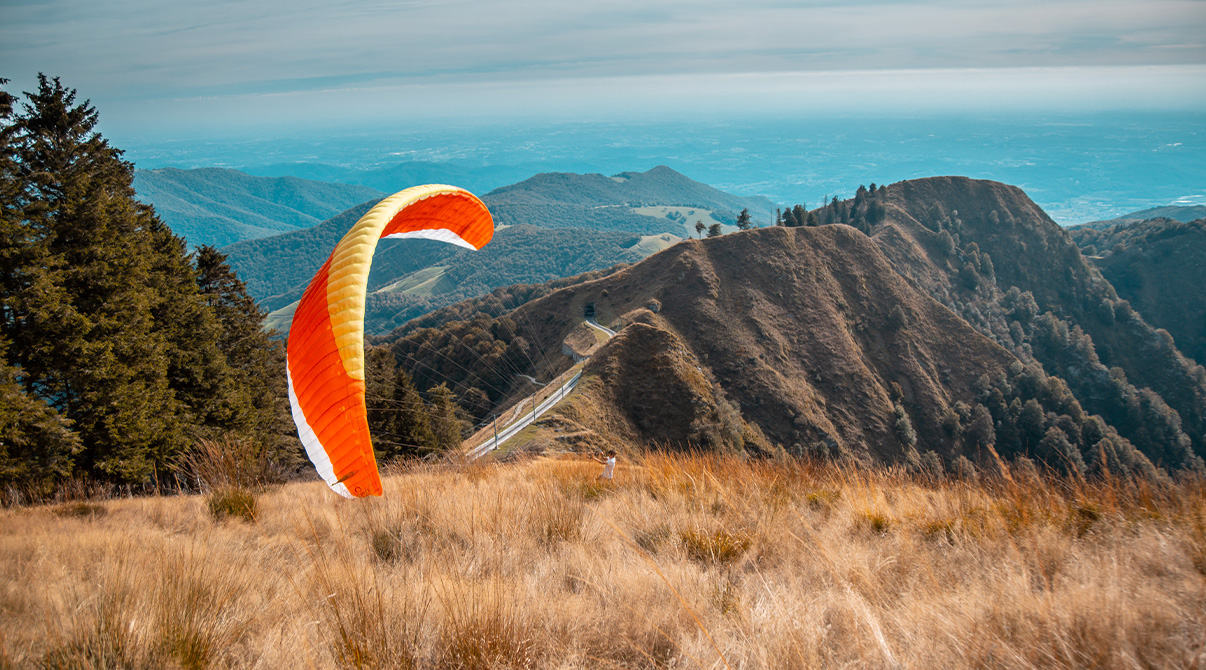
There is something for everyone
From adventurers to families, Monte Generoso can please everyone. If you're looking for an adrenaline rush, there's nothing better than paragliding. You can fly from the Monte Generoso, feeling the wind on your skin and enjoy spectacular views.
Finally, for families, our playground is the perfect place to keep the little ones entertained. Slides, swings and much more await you in a safe and fun environment.
Our seasonal tips
More ideas for you
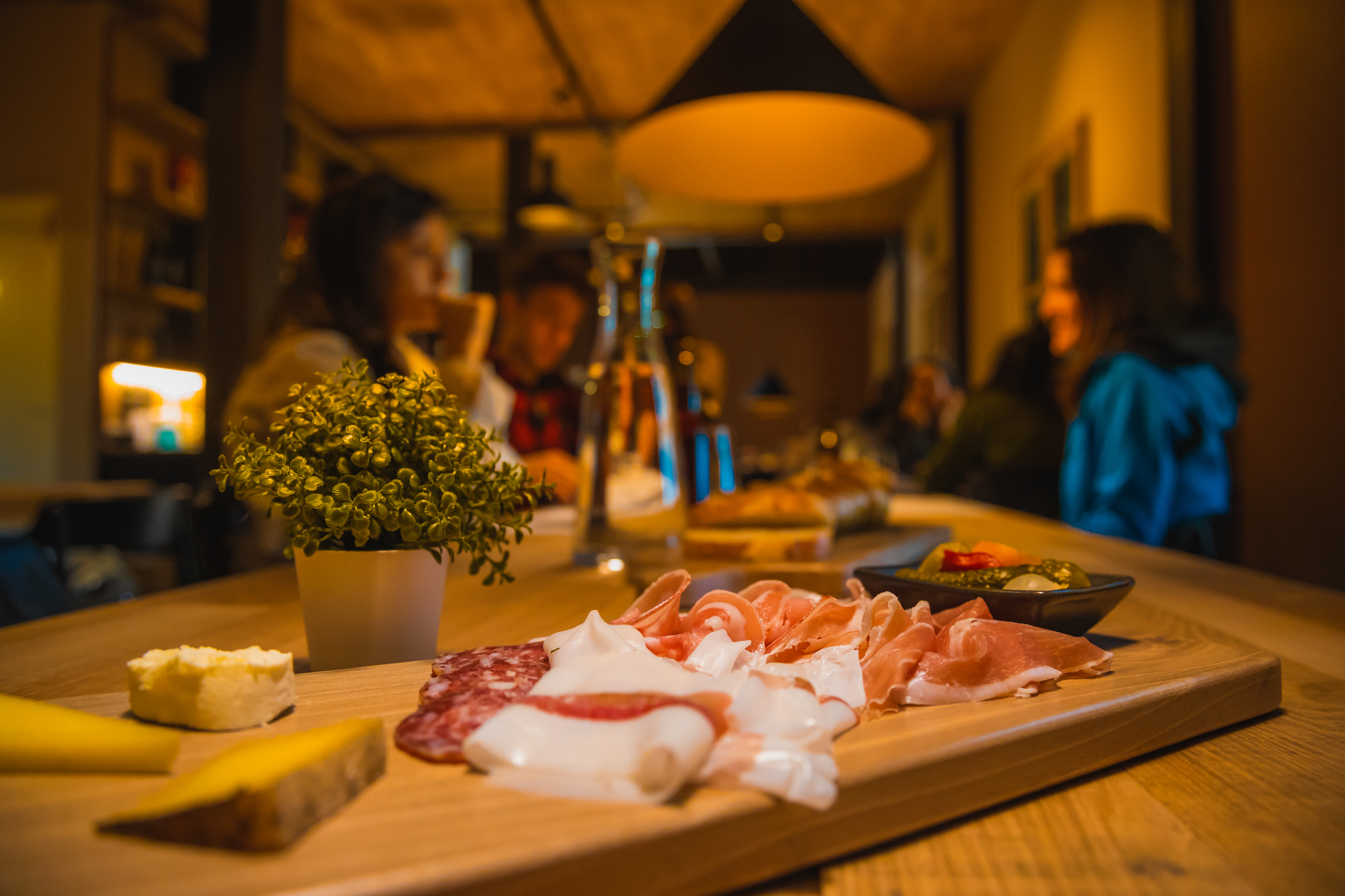
Discover our events at Buffet Bellavista
Let yourself be enveloped by the delightful events we host at our Bellavista Buffet. Discover a world of tradition, elegance and fun, where every occasion is turned into a lasting memory. Explore the agenda and join us for unforgettable celebrations!

